How Much Does Smart Home Installation Cost? UK Guide for 2025
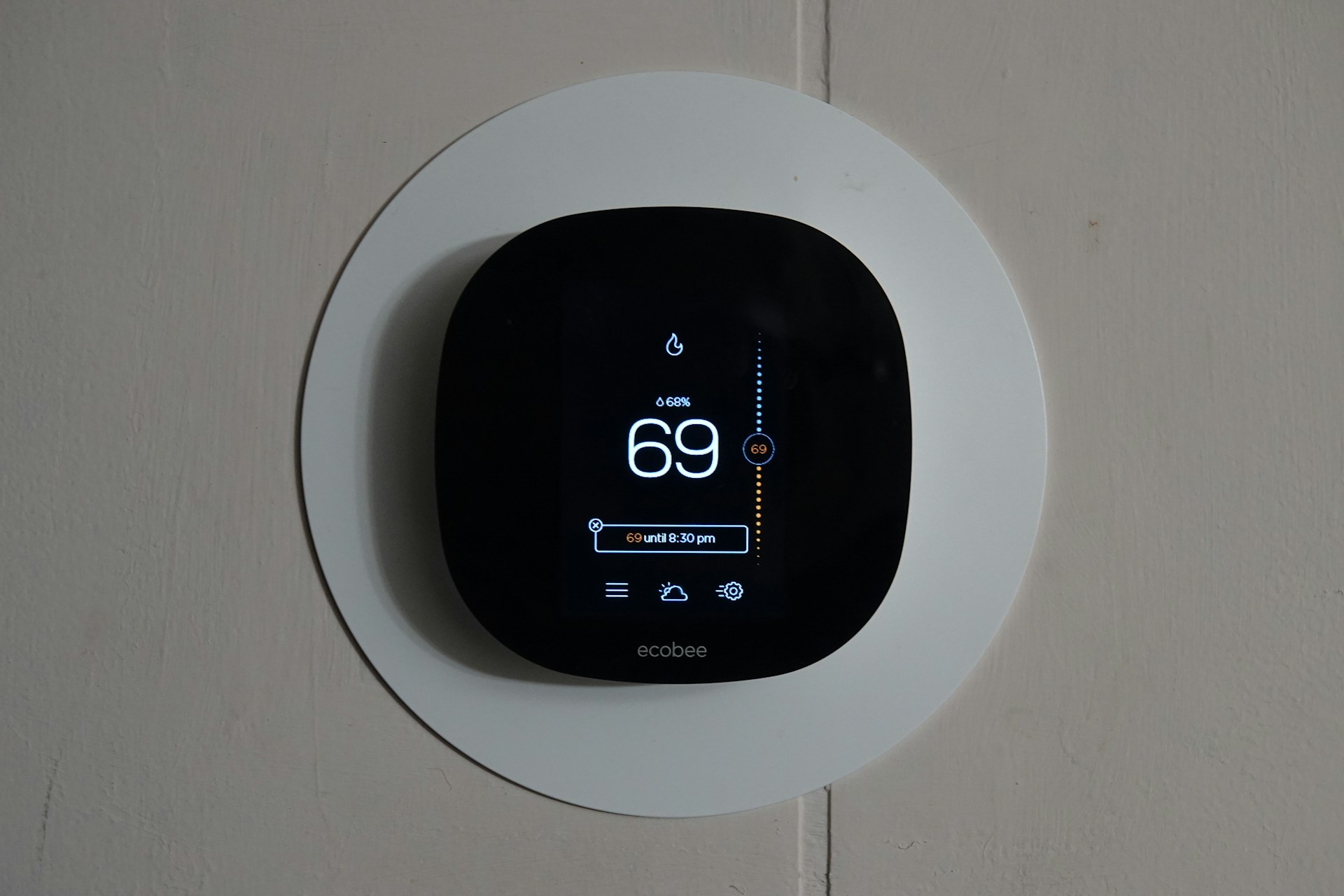
Smart home technology has transformed from a luxury into an increasingly accessible way to improve comfort, security, and energy efficiency in your home. From voice-controlled lighting and intelligent heating systems to automated security and multi-room audio, smart home installation offers convenience and potential long-term savings. However, understanding the costs involved is essential for planning your upgrade. This guide breaks down smart home installation costs, explores different system options, and helps you budget for transforming your house into a connected, intelligent living space.
Understanding Smart Home Installation and What It Involves
Smart home installation refers to the process of integrating connected devices and systems throughout your property that can be controlled remotely via smartphone apps, voice assistants, or automated schedules. These systems communicate through your home's Wi-Fi network, allowing you to manage everything from lighting and heating to security cameras and entertainment systems from a single interface.
The scope of smart home installation varies dramatically depending on your goals and budget. At the entry level, you might install a few smart bulbs and a voice assistant speaker, which you can set up yourself in an afternoon. At the other end of the spectrum, comprehensive home automation systems require professional installation and can integrate dozens of devices across multiple categories including lighting, heating, security, audio, blinds, and appliances.
Professional smart home installation typically involves an initial consultation to assess your property and requirements, designing a system that meets your needs and budget, installing and configuring all devices and control systems, integrating everything into a unified control platform, and providing training on how to use your new smart home features. The installation process can take anywhere from a few hours for basic systems to several days for complex whole-home automation.
According to industry data, the average UK homeowner spends between £1,500 and £8,000 on smart home installation, though costs can exceed £20,000 for high-end systems in larger properties. The wide range reflects the enormous variety in system complexity, device quality, and the extent of professional installation required.
When budgeting for your smart home project, it's important to use accurate cost estimations. Our electrician cost calculator helps you understand typical installation rates in your area, which forms a significant portion of smart home installation expenses when professional help is needed.
Smart Home Setup Costs: What to Expect Across Different Systems
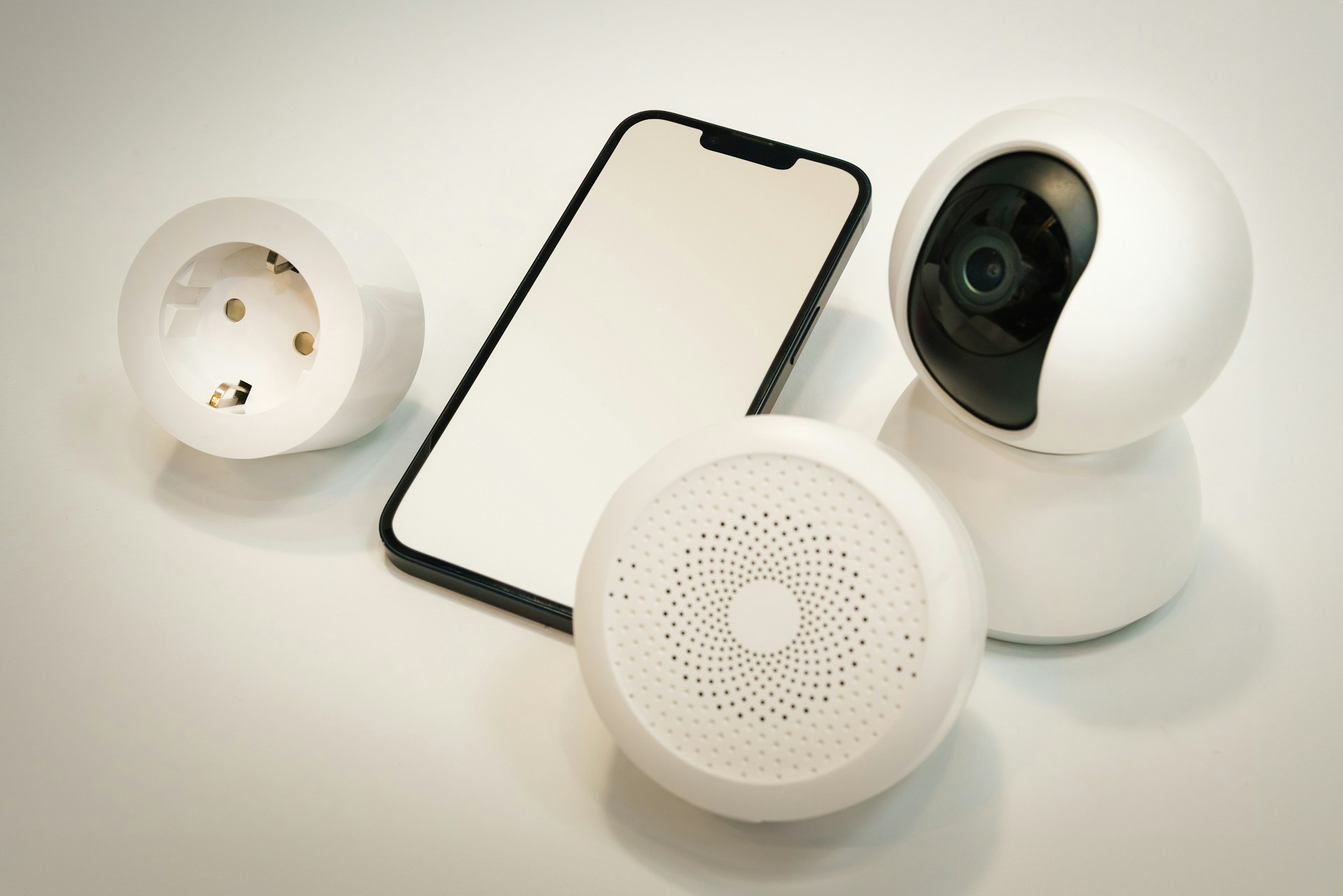
Smart home system costs vary significantly based on the complexity of your installation and the brands you choose. Understanding the typical price ranges helps you set realistic expectations and plan your budget effectively.
For a basic smart home starter system, expect to spend between £300 and £800. This typically includes a voice assistant hub like Amazon Echo or Google Home (£50-£150), several smart bulbs for key rooms (£10-£40 each), a smart thermostat such as Nest or Hive (£150-£250), and perhaps a smart plug or two (£10-£30 each). These entry-level systems usually don't require professional installation, as most devices are designed for DIY setup, though you may want an electrician for thermostat installation.
A mid-range smart home system costs between £2,000 and £5,000 and provides more comprehensive automation. This level includes smart lighting throughout the home with multiple control points (£800-£1,500), a complete smart heating system with multiple zone controls (£500-£1,200), smart security cameras and doorbell (£400-£800), motorised smart blinds for key windows (£200-£400 per window), and a central control system or hub (£300-£600). Professional installation at this level typically costs £500-£1,500 depending on the complexity and time required.
High-end whole-home automation systems start at £8,000 and can exceed £25,000 for luxury installations. These premium systems feature integrated lighting control throughout every room with scene programming, multi-zone heating and cooling with learning algorithms, comprehensive security systems with multiple cameras and sensors, whole-home audio systems with speakers in multiple rooms, motorised blinds and curtains throughout, smart door locks and access control, and a sophisticated central control system with wall-mounted touchscreens. Installation costs for these systems typically range from £2,000 to £5,000 due to the extensive wiring, configuration, and programming required.
The brand and quality of devices significantly impact costs. Budget-friendly brands like TP-Link, Eufy, and some Amazon devices offer good functionality at lower prices, while premium brands like Lutron, Control4, Sonos, and Nest command higher prices but often provide superior reliability, build quality, and integration capabilities.
Smart Lighting: Installation Costs and Options
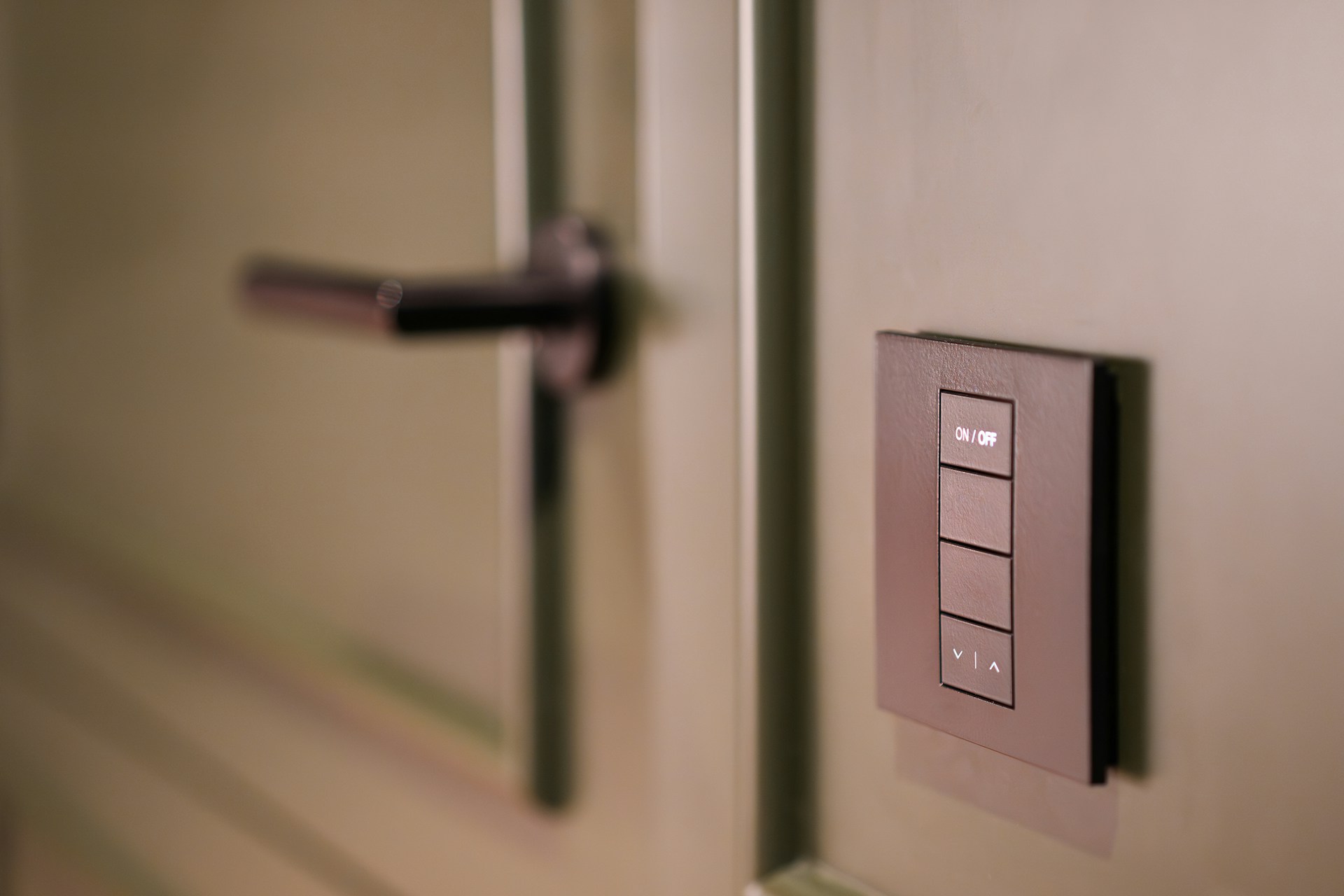
Smart lighting represents one of the most popular entry points into home automation, offering immediate benefits in convenience and energy efficiency. The costs vary depending on whether you choose simple smart bulbs or more sophisticated integrated systems.
Basic smart bulb installations are the most affordable option. Quality smart bulbs from brands like Philips Hue, LIFX, or TP-Link cost between £10 and £45 per bulb. A typical three-bedroom house might need 15-20 bulbs for comprehensive coverage, bringing the total cost to £300-£700 for bulbs alone. Smart bulbs simply screw into existing light fixtures, making them ideal for DIY installation with no electrician required. However, they need power to remain connected, so traditional light switches must stay on, which can be inconvenient.
Smart light switches and dimmers offer a more integrated solution, controlling standard bulbs through intelligent switches. These cost £30-£80 per switch and require professional installation as they involve working with mains electrical wiring. For a typical home with 10-15 lighting circuits, expect to spend £300-£1,200 on switches plus £200-£500 for electrician installation. Professional electricians typically charge £40-£80 per hour, with each smart switch taking 30-60 minutes to install.
Integrated lighting systems from brands like Lutron or Control4 provide the most sophisticated control but at premium prices. These systems cost £150-£300 per room including switches, dimmers, and the central control system. A whole-home installation might cost £3,000-£8,000 for equipment and £1,000-£2,500 for professional installation and programming. These systems excel in larger homes or when you want sophisticated scene control, with lights throughout the house responding to single commands.
Smart outdoor lighting deserves separate consideration, as it combines security benefits with aesthetic appeal. If you're considering smart outdoor lighting installation, expect to spend £40-£150 per fixture for quality weatherproof smart lights, plus installation costs of £50-£150 per light depending on the complexity of wiring and positioning. A complete garden and exterior lighting system typically costs £800-£2,500 including installation.
Smart Heating Systems: Costs and Energy Savings
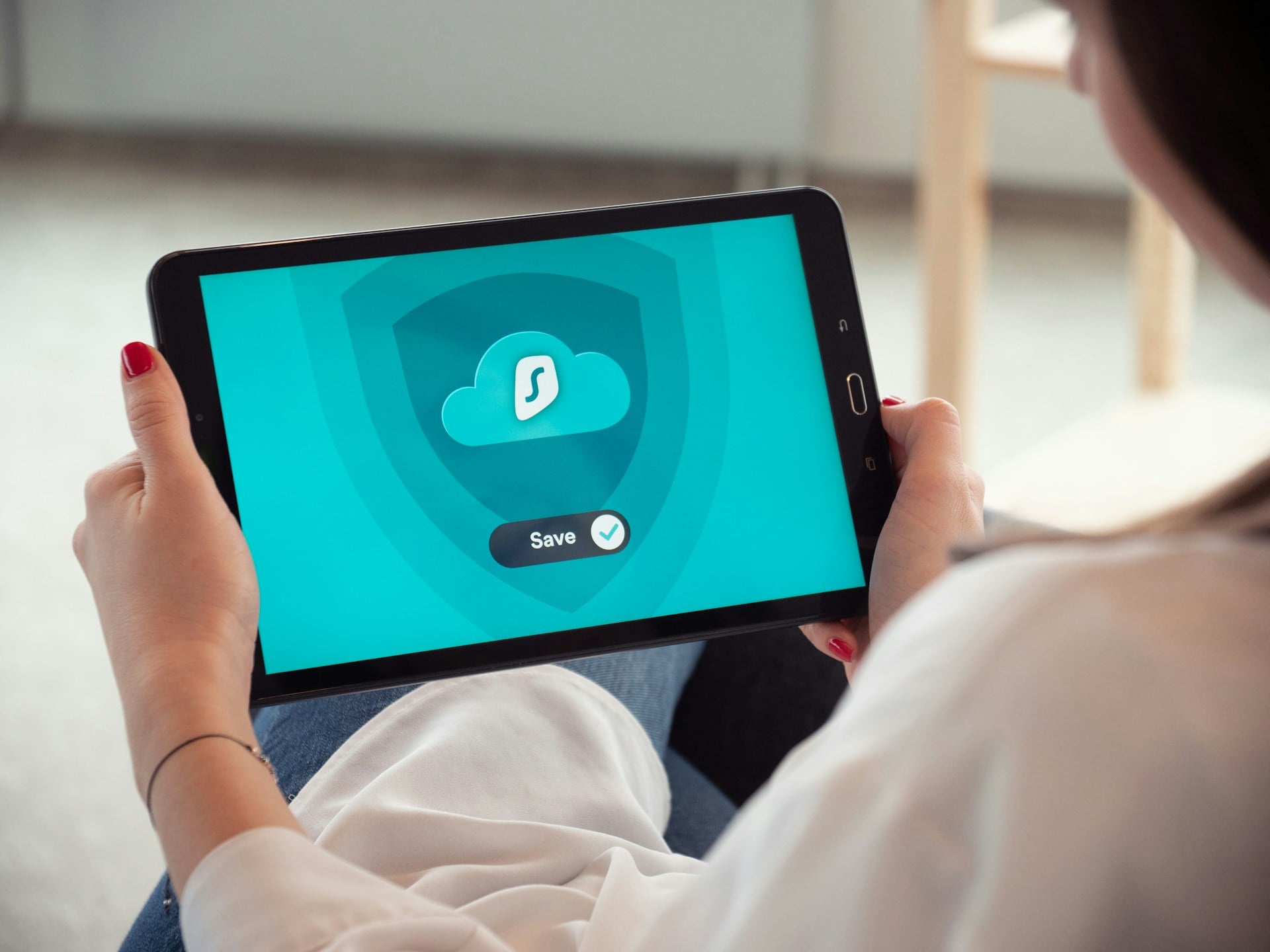
Smart heating systems represent one of the best investments in home automation, with potential energy savings often offsetting the initial installation cost within a few years. Understanding the options and their costs helps you choose the right system for your home.
Basic smart thermostats like Nest, Hive, or Honeywell Evohome are the entry point into intelligent heating control. These devices cost £150-£280 and learn your habits over time, automatically adjusting temperatures to maximize efficiency and comfort. Installation typically requires a qualified heating engineer or electrician and costs £80-£200 depending on your existing heating system's complexity. Total cost for a basic smart thermostat installation is usually £250-£450.
Multi-zone smart heating systems provide independent temperature control for different areas of your home, ideal for larger properties or homes where some rooms are used more than others. Systems like Hive Multi-Zone or Honeywell Evohome with multiple room sensors and thermostatic radiator valves cost £400-£1,200 for equipment. Professional installation adds £200-£500, bringing total costs to £600-£1,700. While more expensive initially, multi-zone systems can reduce heating bills by 20-30% by heating only occupied areas.
Integration with existing smart home systems is an important consideration. If you already have a voice assistant or home automation hub, ensure your smart heating system is compatible. Most modern systems work with Alexa, Google Assistant, and Apple HomeKit, but checking compatibility before purchase prevents frustration.
The energy savings from smart heating systems are substantial. The Energy Saving Trust estimates that smart thermostats can reduce heating costs by 10-12% on average, saving typical households £75-£150 annually. Multi-zone systems can save even more, particularly in larger homes where some areas remain unoccupied for long periods. These savings mean a smart heating system typically pays for itself within 2-4 years through reduced energy bills.
Smart Audio Systems: Multi-Room Audio Installation Costs
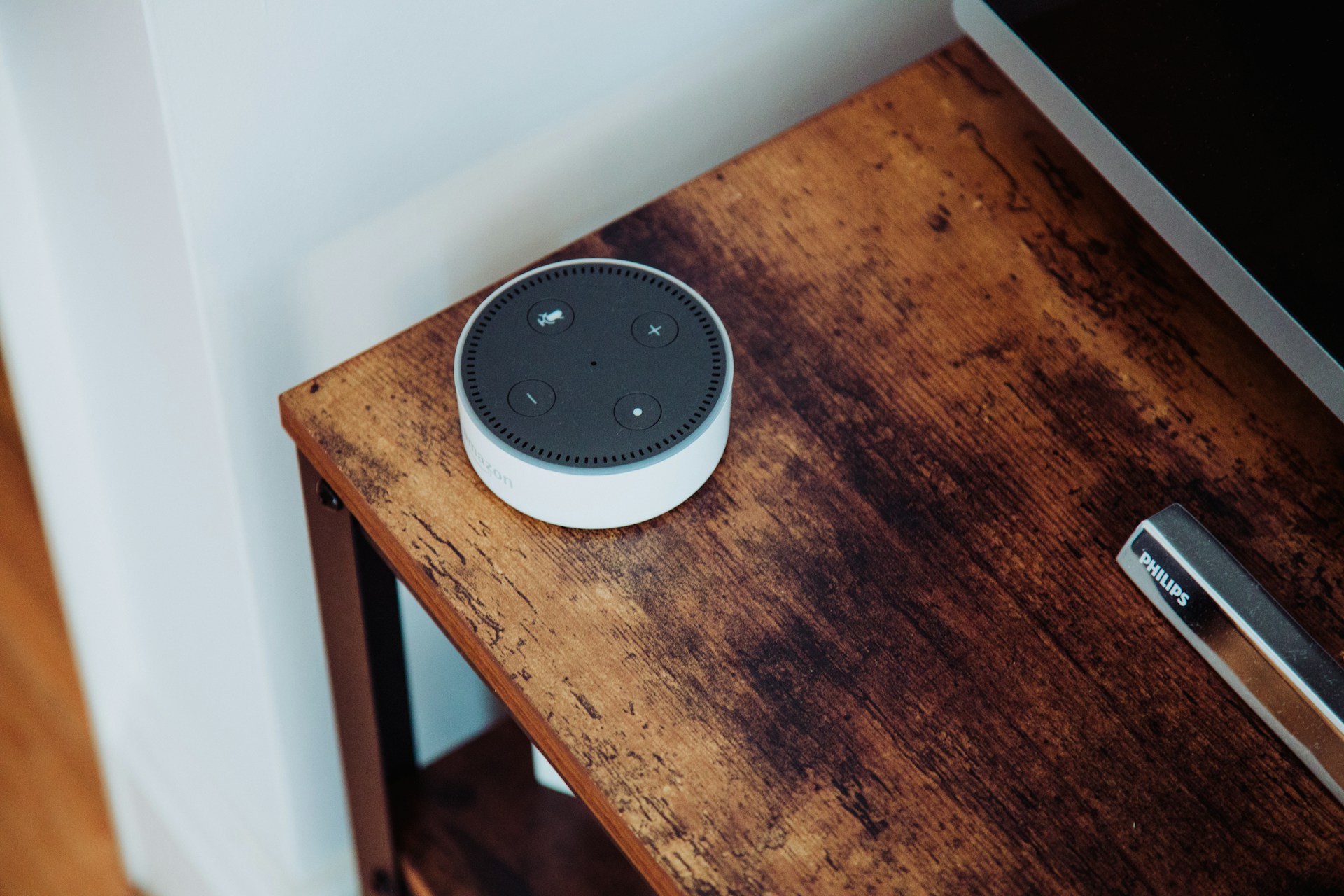
Smart audio systems have become increasingly popular, allowing you to enjoy music, podcasts, and radio throughout your home with seamless control from your phone or voice commands. The costs depend on the sophistication of the system and the number of rooms you want to cover.
Standalone smart speakers represent the simplest and most affordable option. Devices like Amazon Echo, Google Nest Audio, or Apple HomePod cost £50-£300 depending on size and audio quality. You can place these in multiple rooms and create speaker groups for synchronized audio, with no installation required. A typical setup with 4-5 speakers throughout a home costs £250-£800, all DIY-friendly.
Mid-range wireless multi-room audio systems from brands like Sonos offer superior sound quality and more sophisticated control. Sonos speakers cost £100-£500 per unit, with a typical four-room setup costing £800-£1,500. These systems require no professional installation but benefit from proper placement advice, which some AV installers offer as a consultation service for £100-£200.
High-end installed audio systems provide the best sound quality with discrete speakers built into ceilings or walls. In-ceiling speakers cost £100-£400 per pair, amplifiers and control systems add £500-£2,000, and professional installation runs £800-£2,500 depending on the number of rooms and installation complexity. A premium whole-home audio system for a four-bedroom house typically costs £4,000-£10,000 fully installed.
Streaming service subscriptions should factor into your ongoing costs. Services like Spotify Premium, Apple Music, or Amazon Music HD cost £10-£15 per month and provide the high-quality audio that makes smart audio systems worthwhile. Some systems also require their own subscription services for advanced features.
Hidden Costs and Additional Considerations for Smart Home Installation
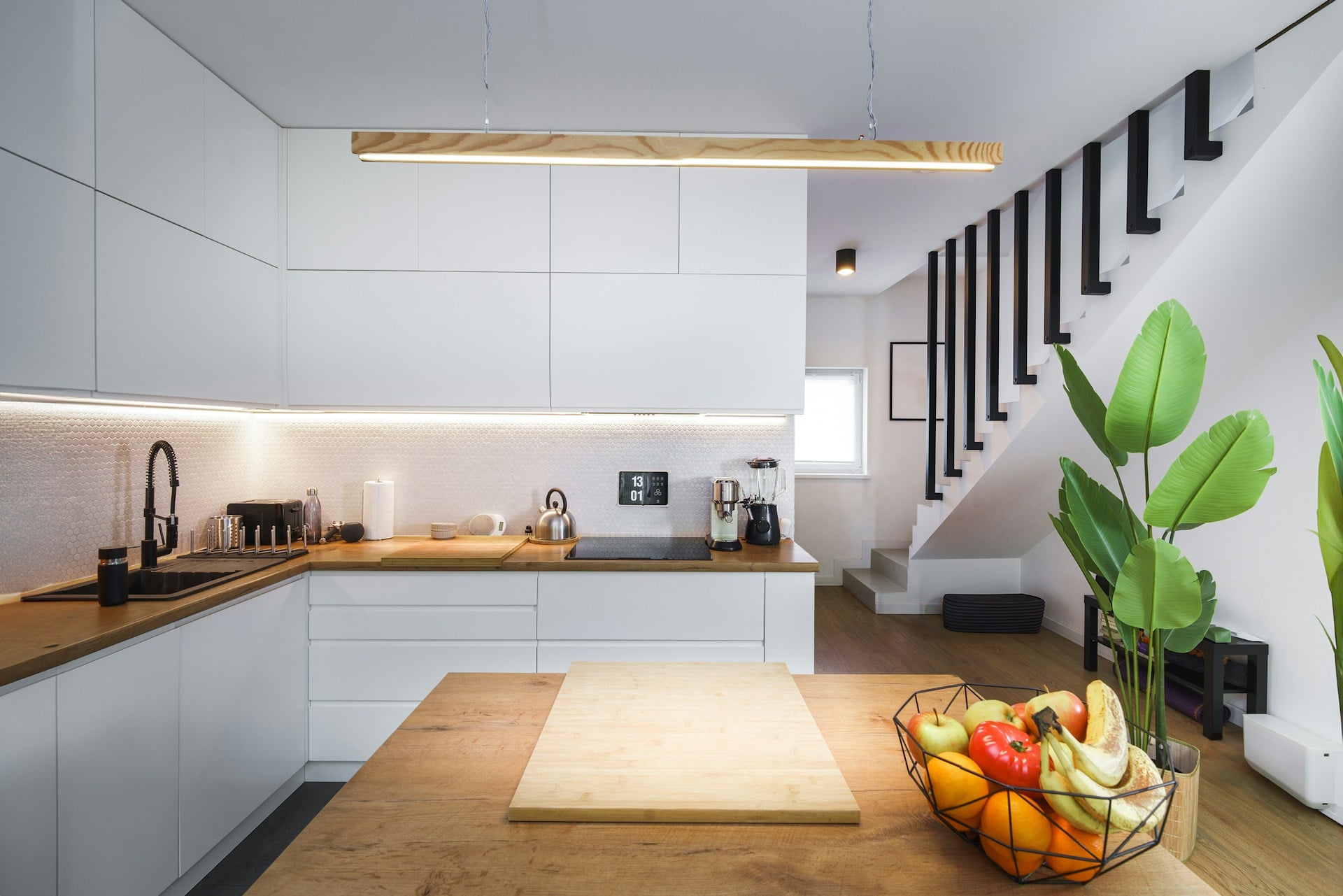
Beyond the obvious costs of devices and installation, several hidden expenses can impact your smart home budget. Being aware of these helps you plan more accurately and avoid budget surprises.
Network infrastructure often needs upgrading to support multiple smart devices. A reliable Wi-Fi network is essential for smart home functionality, and older routers may struggle with 20-30 connected devices. Upgrading to a mesh Wi-Fi system costs £150-£400 but ensures consistent connectivity throughout your home. Some smart home installers include network assessment and upgrades in their service, while others charge separately.
Ongoing subscription costs can add up significantly over time. Many smart security cameras require cloud storage subscriptions (£3-£10 per month per camera), voice assistant features may need premium subscriptions, and some smart home platforms charge monthly fees for advanced features or professional monitoring. These can total £15-£50 monthly, adding £180-£600 annually to your smart home operating costs.
Compatibility issues between different smart home ecosystems can create unexpected expenses. If you start with one ecosystem and later want to add devices from another, you might need additional hubs or bridges (£40-£100 each) to make everything work together. Planning your smart home around a single ecosystem from the start minimizes these costs.
Professional programming and setup for complex systems isn't always included in installation quotes. While the electrician installs and connects your devices, creating scenes, automations, and schedules might require additional time charged at £40-£80 per hour. Budget an extra 2-4 hours (£80-£320) for comprehensive system programming in mid to high-end installations.
Maintenance and updates need consideration for long-term costs. Smart devices require periodic firmware updates, which are usually free but occasionally cause compatibility issues requiring professional troubleshooting. Setting aside £100-£200 annually for maintenance and unexpected issues is prudent for comprehensive systems.
If your smart home installation requires electrical work beyond simple plug-and-play devices, you'll need a qualified electrician. Understanding typical electrician hourly rates in the UK helps you budget accurately for the installation portion of your project.
Getting Accurate Quotes and Finding Qualified Smart Home Installers
Finding the right professional to install your smart home system is crucial for a successful project. While some smart home devices are genuinely DIY-friendly, complex systems benefit significantly from professional expertise.
When evaluating installers, look for specific qualifications and experience. For any work involving mains electrical installations, your installer must be a qualified electrician registered with a competent person scheme like NICEIC, NAPIT, or ELECSA. For smart home systems specifically, look for installers with manufacturer certifications from brands like Control4, Lutron, or Sonos, or membership in professional organizations like CEDIA (Custom Electronic Design & Installation Association).
Request detailed quotes from multiple installers to compare not just prices but scope of work. A comprehensive quote should itemize equipment costs separately from installation labor, specify which devices and brands will be installed, detail the setup and programming services included, clarify warranty terms for equipment and installation work, and explain ongoing support options and costs.
Ask potential installers important questions about their experience: How many smart home installations have they completed? Can they provide references from recent projects similar to yours? What ongoing support do they offer after installation? How do they handle compatibility issues between different smart home devices? What warranties do they provide on their work?
FixaTrader makes finding qualified smart home installers straightforward. Our platform connects you with vetted electricians and smart home specialists in your area who have experience with home automation systems. Simply describe your smart home project on our website, and you'll receive free, no-obligation quotes from multiple local professionals, allowing you to compare prices, qualifications, and customer reviews before making your decision.
For accurate cost estimation before requesting quotes, use our electrician cost calculator to understand typical installation rates in your region. This helps you set realistic budgets and identify quotes that seem unusually high or suspiciously low.
Maximizing Value from Your Smart Home Investment
To get the best return on your smart home installation investment, prioritize systems that offer both immediate benefits and long-term value. Smart heating systems typically offer the best financial return through reduced energy bills, while smart security systems provide valuable peace of mind and may reduce home insurance premiums.
Start with foundational systems that provide the most benefit for your lifestyle. For most households, this means smart heating, smart lighting in frequently used rooms, and basic smart security. You can expand to other areas like smart audio, automated blinds, or advanced security features later as budget allows.
Consider the potential impact on property value. Well-integrated smart home systems can increase property appeal to buyers, particularly younger buyers who expect smart home features. However, avoid overly complex or proprietary systems that might deter buyers who prefer different platforms. Stick with popular, well-supported brands that offer broad compatibility.
Energy efficiency benefits should factor heavily into your decision-making. Smart heating systems, in particular, often pay for themselves through reduced energy bills within 2-4 years. Smart lighting with LED bulbs also reduces electricity costs, though the savings are more modest. When evaluating smart home investments, calculate potential annual savings against the initial cost to understand the payback period.